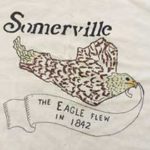
Eagle Feathers #170 – Spring Hill
By Bob (Monty) Doherty
Spring Hill encompasses some of the most attractive environs in the city with its beautiful Westwood and Benton Road section being uppermost. The Hill gleaned its name from a stream near Summer Street that ran between Lowell and Cedar Streets. Elm Street and Somerville Avenue, which were part of the Revolutionary War “Battle Row,” skirt its base.
Early on, its beautiful vista that overlooked the City of Cambridge and Harvard University couldn’t be ignored. The southwestern sunsets and its panorama prompted many Bostonians and Harvard affiliates to settle there. Today, it is said that more Harvard alumni live in Somerville than any other city except for Cambridge. After the Civil War, the graceful pastures and orchards that ornamented its slope were unfortunately no match for future development.
Through the years, many notables and localities have brought pride to Spring Hill.
- Charles H. Taylor entered the Civil War at 16 years old, was wounded at 17 and left the army to become a newspaper reporter and eventually own the Boston Globe. He was a private secretary to two Massachusetts governors, was a Somerville Alderman, and was a Somerville Representative to the General Court. He and his son, John, owned and named the Boston Red Sox and built Fenway Park.
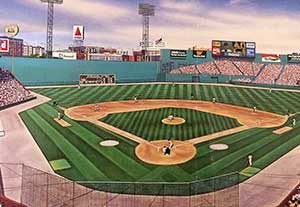
- At the end of World War II, Belmont Street resident Admiral Ralph W. Christie was Commander of Naval Forces in the Philippines. He was awarded the Silver Star by General Douglas MacArthur and was the oldest-ranking naval officer to participate in submarine combat missions.
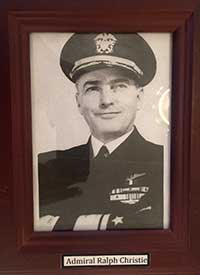
- Mary Sawyer Tyler was the object of the poem Mary Had a Little Lamb. She lived in Somerville throughout her adult life and worked at McLean Hospital, volunteered as an aide during the Civil War, and helped save Boston’s historic Old South Church from demolition. My personal rendition of the poem is “Mary Had a Little Lamb, she came from Somerville, and everywhere that Mary went, she had to climb a hill!”
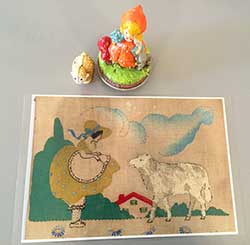
- The first European who lived in Somerville was Thomas Walford. He and his family originally lived in a stockade house at the base of Spring Hill.
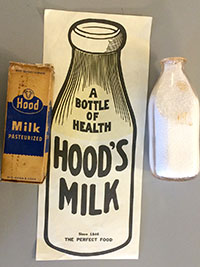
- In 1861, William F. Schrafft started his famous candy factory in Sullivan Square near the H.P. Hood Milk plant. Members of both the Schrafft and the Hood families resided in Spring Hill.
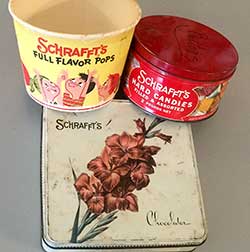
- St. Catherine of Genoa Catholic Church sits 137’ above sea level on the summit of Spring Hill enjoying its most panoramic view. It is said to be one of the most architecturally beautiful churches in the country. The famous radio and television entertainer Arthur Godfrey and his bride were married there.
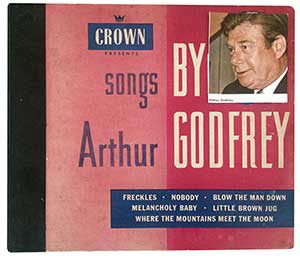
- Enoch Robinson, a locksmith and inventor, built the Round House at 36 Atherton Street in 1856. It has been one of Somerville’s most interesting curiosities for over 163 years. Robinson also donated the land for Somerville’s oldest cemetery, the Milk Row Cemetery.
- The Somerville Museum and the Somerville Historical Society at One Westwood Road represent Somerville’s history, past and present, inside and out. Inside has the famous Charles Bulfinch Staircase and outside has the granite stairway and entry pillars that were relocated from Somerville’s first church, the First Unitarian Church located on Central Hill.
Throughout the years, Somerville has been called the City of Seven Hills. It actually has fourteen, with at least twenty-eight different names, with Spring Hill being her most picturesque.












Reader Comments